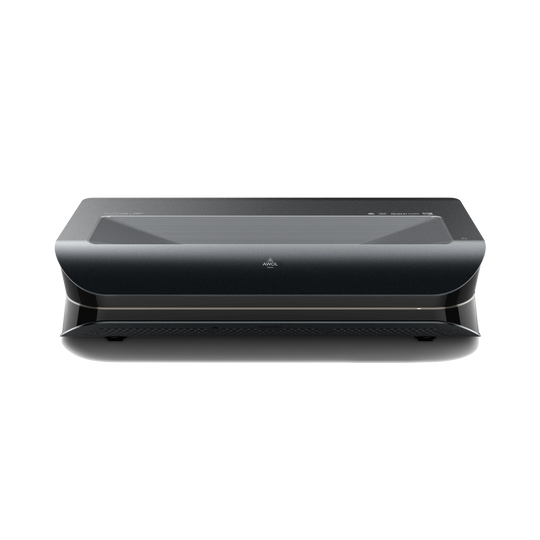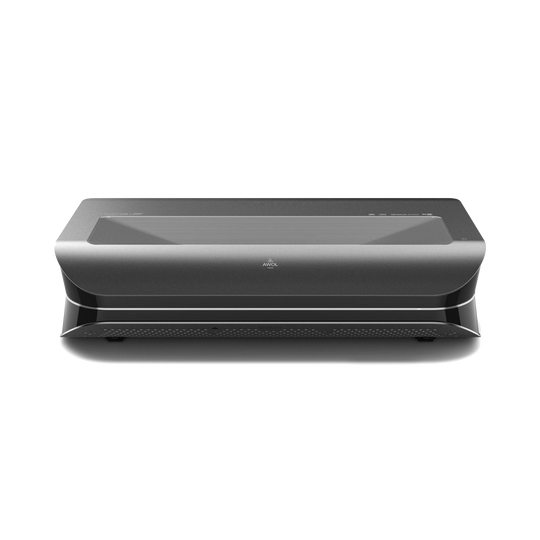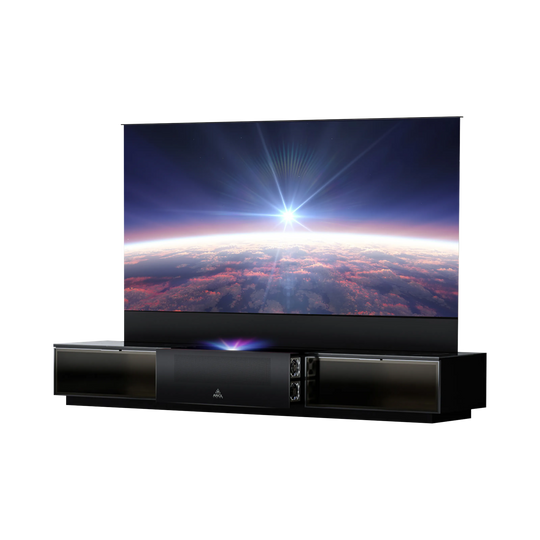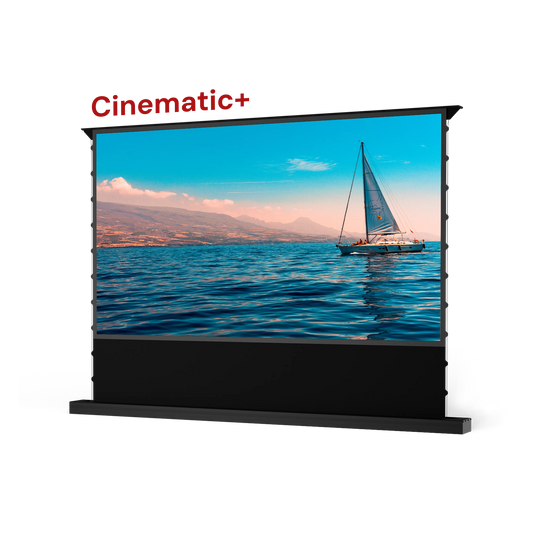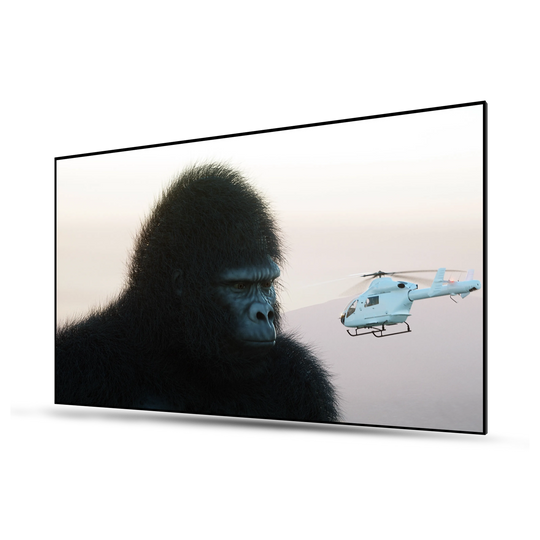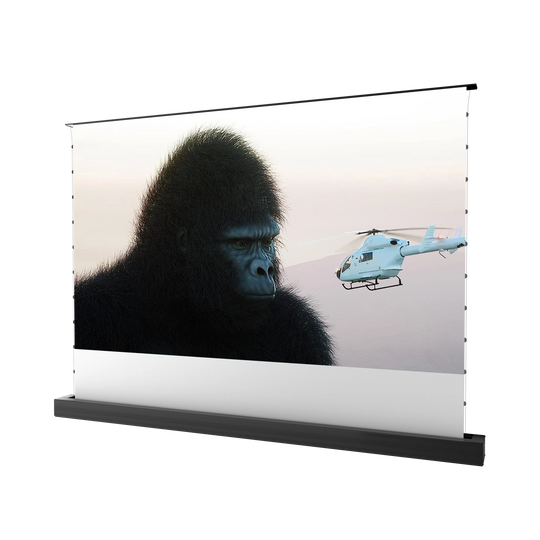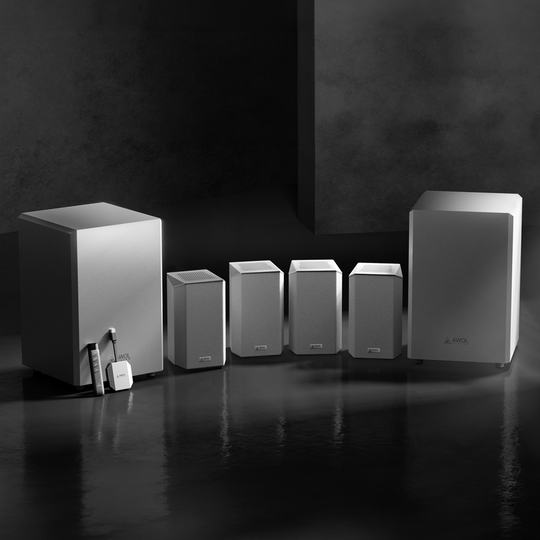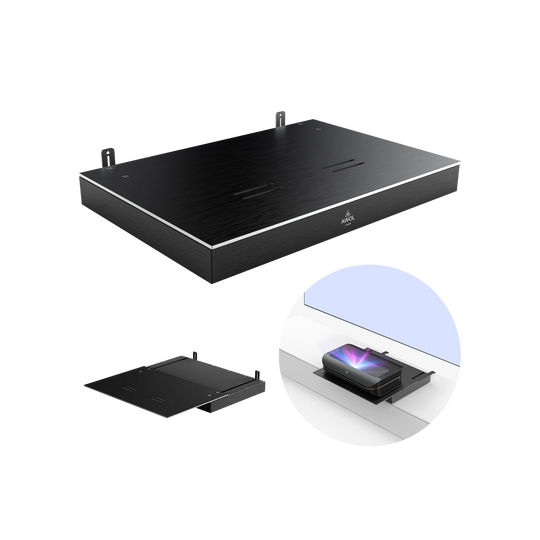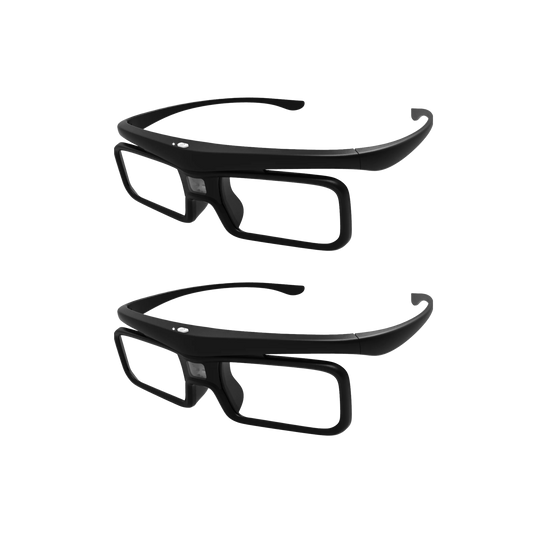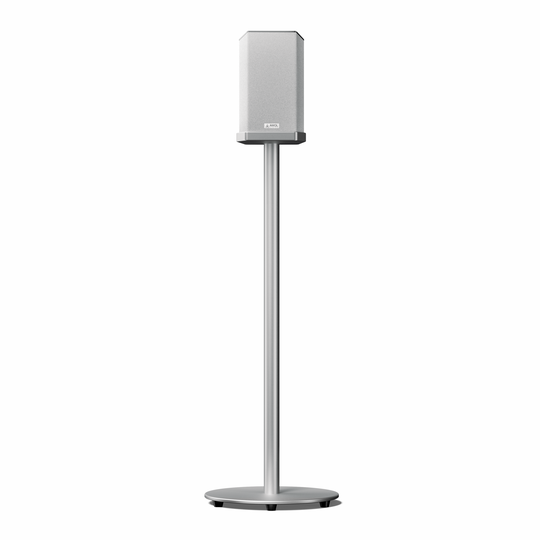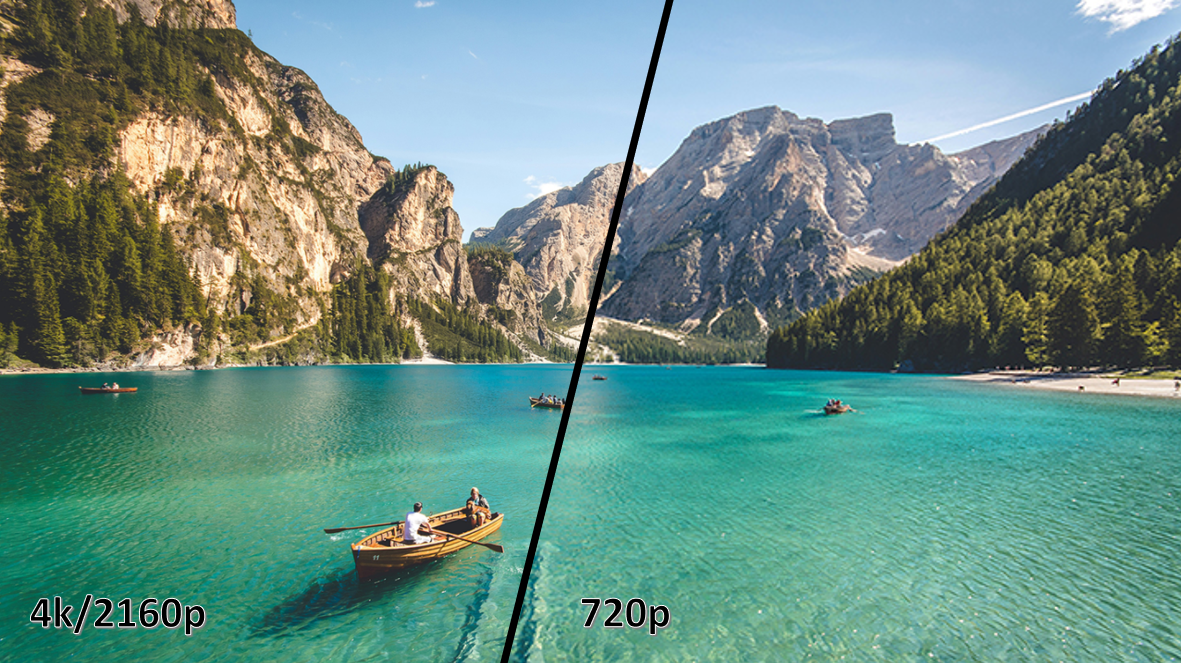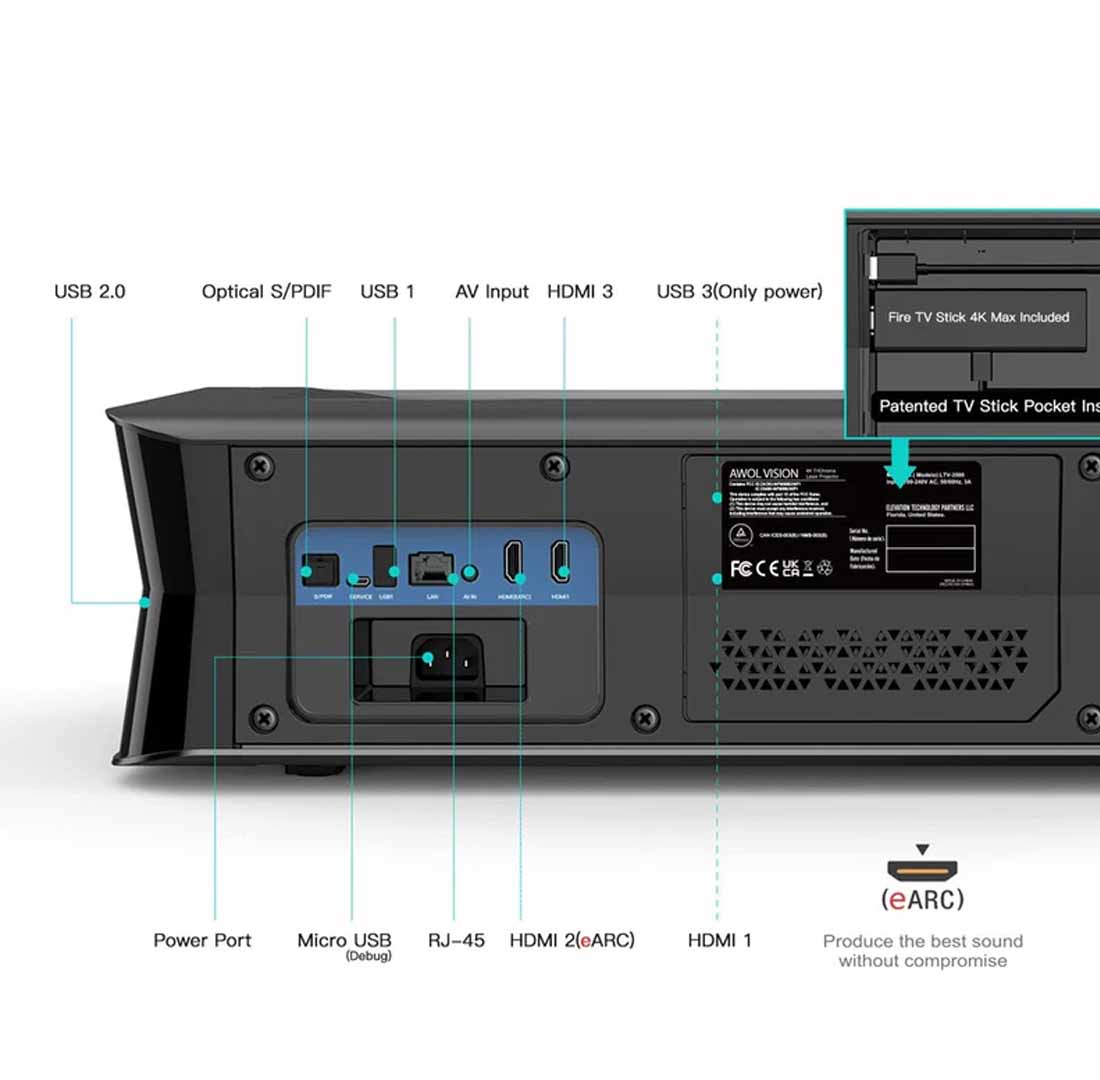Every home theater enthusiast strives for the perfect picture – an image so realistic, deep, and colorful that you feel like you're right in the middle of the action. For years, the improvement of resolution from HD to 4K up to 8K as the main topic. But the real revolution in image quality lies not only in the Anzahl the pixel, but in the Quality every single pixel. Here begins the story of High Dynamic Range (HDR) und seiner fortschrittlichsten Form: Dolby Vision.
This comprehensive guide explains everything you need to know: from the technical basics to comparisons with other standards, to the best content to experience this groundbreaking technology yourself.

The crucial difference: How Dolby Vision revolutionizes the picture
Um zu verstehen, warum Dolby Vision so überlegen ist, müssen wir den Kern der Technologie betrachten: die Metadaten. Dies sind die Anweisungen, die ein Film an Ihren Fernseher oder Projektor sendet, um Helligkeit, Kontrast und Farbe für jede Szene zu steuern.
Dynamic Metadata: The Secret Ingredient for Perfection

Use standard HDR formats like HDR10 static metadata. This means that a single set of instructions is established for the entire film, based on the brightest scene. This often leads to a compromise: in very dark scenes, details can be lost because the image is optimized for the few bright moments.
Dolby Vision, on the other hand, uses dynamic metadata. It's as if every scene and even every single image has its own lighting director. The technology continuously analyzes the content and sends optimized instructions to your display, frame by frame. The result:
- Perfect brightness: Bright lights, such as explosions or sun rays, are brilliant without overpowering details.
- Deep, detailed shadows: Dark scenes are not just black, but reveal the finest nuances and textures.
- Brilliant, precise colors: Thanks to the support of up to 12-bit color depth (over 68 billion colors compared to 1.07 billion with 10-bit) color transitions, like in a sunset, are completely smooth and free of visible banding (Color Banding).
Intelligent Tone Mapping: Perfect for YOUR Display
Another crucial advantage is the intelligent tone mapping. Dolby Vision not only knows the creative intent of the filmmaker but also the exact capabilities of your TV or projector. The system adjusts the signal in real time to the maximum brightness and color gamut of your specific device. This ensures that you always get the best possible and most faithful representation, whether you own a mid-range device or a high-end flagship.
The HDR format war: Dolby Vision vs. HDR10 and HDR10+
Although HDR10 is the most widely used open standard, Dolby Vision has clearly established itself in the premium segment.
|
Feature |
Dolby Vision |
HDR10+ |
HDR10 |
|
Metadata |
Dynamic (per frame) |
Dynamic (per scene) |
Static (per film) |
|
Color depth |
Up to 12-bit |
10-Bit |
10-Bit |
|
Licensing |
Proprietary (license required) |
Offen (royalty-free) |
Open (royalty-free) |
|
Distribution |
Leading on Netflix, Disney+, Apple, LG, Sony |
Supported by Samsung, Amazon Prime Video |
Universal Basic Standard |
Although HDR10+ also offers dynamic metadata as a royalty-free alternative, Dolby Vision has won the "format war." The reason lies in the superior End-to-End Ecosystem: Through early and close partnerships with Hollywood studios, streaming providers, and almost all major hardware manufacturers (except Samsung), Dolby has created a self-reinforcing dynamic of available content and devices.
Die Checkliste: How to Experience Dolby Vision at Home

To enjoy Dolby Vision, the entire playback chain must be compatible. It is a chain where every link must fit.
- The content: The movie or series must be available in Dolby Vision. The biggest sources are well positioned here. Look for the Dolby Vision logo on streaming services such as Netflix (Premium subscription), Disney+, Apple TV+ or on the cases of 4K UHD Blu-rays.
- The playback device: You need a device that can process the signal. Leading here is the Apple TV 4K, who Xbox Series X|S (also for gaming), the NVIDIA Shield and the built-in apps of modern smart TVs.
- The display: The centerpiece is your screen – a Television or projector, which is licensed to decode and display the Dolby Vision signal. This premium feature is now a must-have for high-quality home theater projectors. A modern laser TV like the AWOL Vision LTV-3500 Pro unterstützt Dolby Vision vollständig und stellt sicher, dass Sie Filme genau so sehen, wie es von den Filmemachern beabsichtigt war.
Die Evolution: From Dolby Vision IQ to the Future
Dolby continuously develops its technology to make the viewing experience even smarter.
Dolby Vision IQ: Intelligent adaptation to your living room
Dolby Vision IQ is an extension that a Umgebungslichtsensor in your television. The system measures the brightness in the room and adjusts the picture in real time. In a bright room, dark areas are subtly raised to make details visible, while in a darkened room, deep black levels and full contrast are maintained.
Ein Blick in die Zukunft: Dolby Vision 2
Die nächste Generation, Dolby Vision 2, geht noch einen Schritt weiter und nutzt KI-gestützte "Content Intelligence". Zukünftige Features wie "Precision Black" improve detail visibility in the darkest scenes, while "Authentic Motion" es Filmemachern erstmals ermöglicht, die Bewegungsdarstellung kreativ zu steuern, um beispielsweise Ruckeln bei Kameraschwenks zu minimieren, ohne den gefürchteten "Soap-Opera-Effekt" zu erzeugen.
Dolby Vision in Practice: Our Recommendations
Does Dolby Vision really make a visible difference? Yes, but the quality of your display remains the most important factor. On a high-quality TV or projector, Dolby Vision can unleash the full potential of the hardware and deliver a picture that cannot be achieved with HDR10.
Die besten Inhalte, um Dolby Vision zu erleben
To truly see the benefits, we recommend the following reference titles:
- Movies: Mad Max: Fury Road, Blade Runner 2049, Dune: Part One, Spider-Man: Into the Spider-VerseThese films masterfully use extreme contrast and brilliant colors.
- Serien: Stranger Things (Netflix), The Mandalorian (Disney+), Foundation (Apple TV+). These series are known for their reference quality in image production.
- Games (Xbox): Halo Infinite and Cyberpunk 2077 On the Xbox Series X|S, use Dolby Vision to create more immersive and visually stunning game worlds.
Conclusion
Dolby Vision has established itself as the undisputed standard for premium HDR experiences. It is more than just a technical specification; it is a complete ecosystem that spans from film production in Hollywood to your living room to ensure uncompromising picture quality.
Due to its technological superiority with dynamic metadata and intelligent tone mapping, it delivers a visibly better, more nuanced, and lifelike picture than other HDR formats. For anyone serious about their home cinema, investing in a Dolby Vision-compatible system is the crucial component for a top-tier visual experience.
